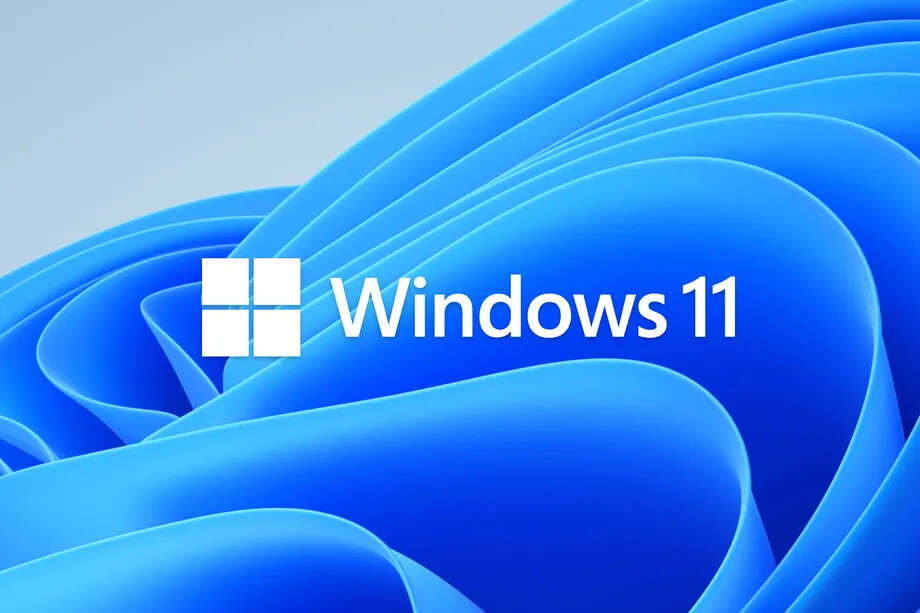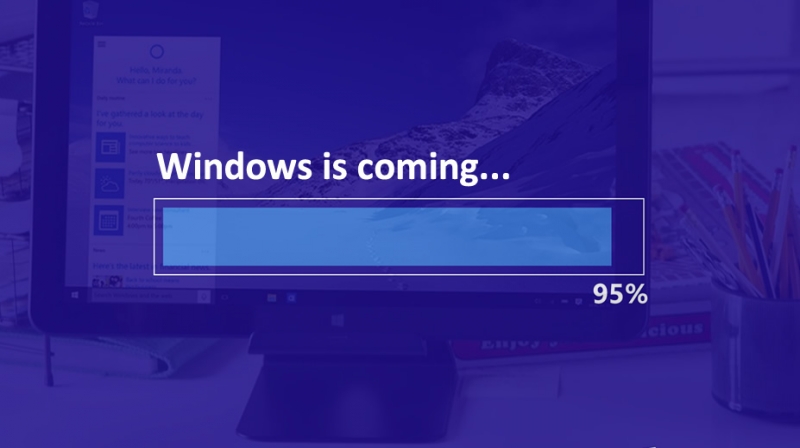


Test it in a lab environment, deploy it to a limited group and test all your business applications before broad deployment. You may also need to deploy Windows 10 21H1 to your existing Windows 10 computer to stay supported or to benefits from the new features.īefore deploying a new Windows 10 feature upgrade, you need to have a good plan.

If you haven’t planned your Windows 7 migration to Windows 10, this post will help prepare your SCCM Server to deploy Windows 10 21H1. From now on, the new Windows 10 release will be called “Windows 10 version 21H1” (instead of “Windows 10 version 2004”). This is the first Windows 10 feature update following the new naming convention. Microsoft published the Windows 10 21H1feature update on VLSC on October 20th. We will cover scenarios for new and existing computers that you may want to upgrade. Images courtesy of GWX Control Panel developer Josh Mayfield.This blog post will cover all the tasks needed to deploy the new SCCM Windows 10 21H1 Upgrade. PCWorld reports that in at least some cases, users are now locked into an update cycle that they can’t cancel, as shown below. The problem, according to Microsoft, is that the Windows 10 Update was switched from “Optional” to “Mandatory” and automatically distributed to users who had “Download and install updates automatically” enabled. And now, in an apparent repeat of what we thought was an odd corner case, Microsoft made an error in Windows Update that’s forcing people to upgrade to Windows 10, whether they wish to do so or not. At least one of our own writers had a system surprise-install the operating system, despite not being told to do so. In the weeks following launch, Windows 7 users were greeted with a giant “Reserve your upgrade today!” banner, every time they launched IE11 (if set to the default home page). Ever since Microsoft launched Windows 10, the company has come under fire for its aggressive update policies.


 0 kommentar(er)
0 kommentar(er)
